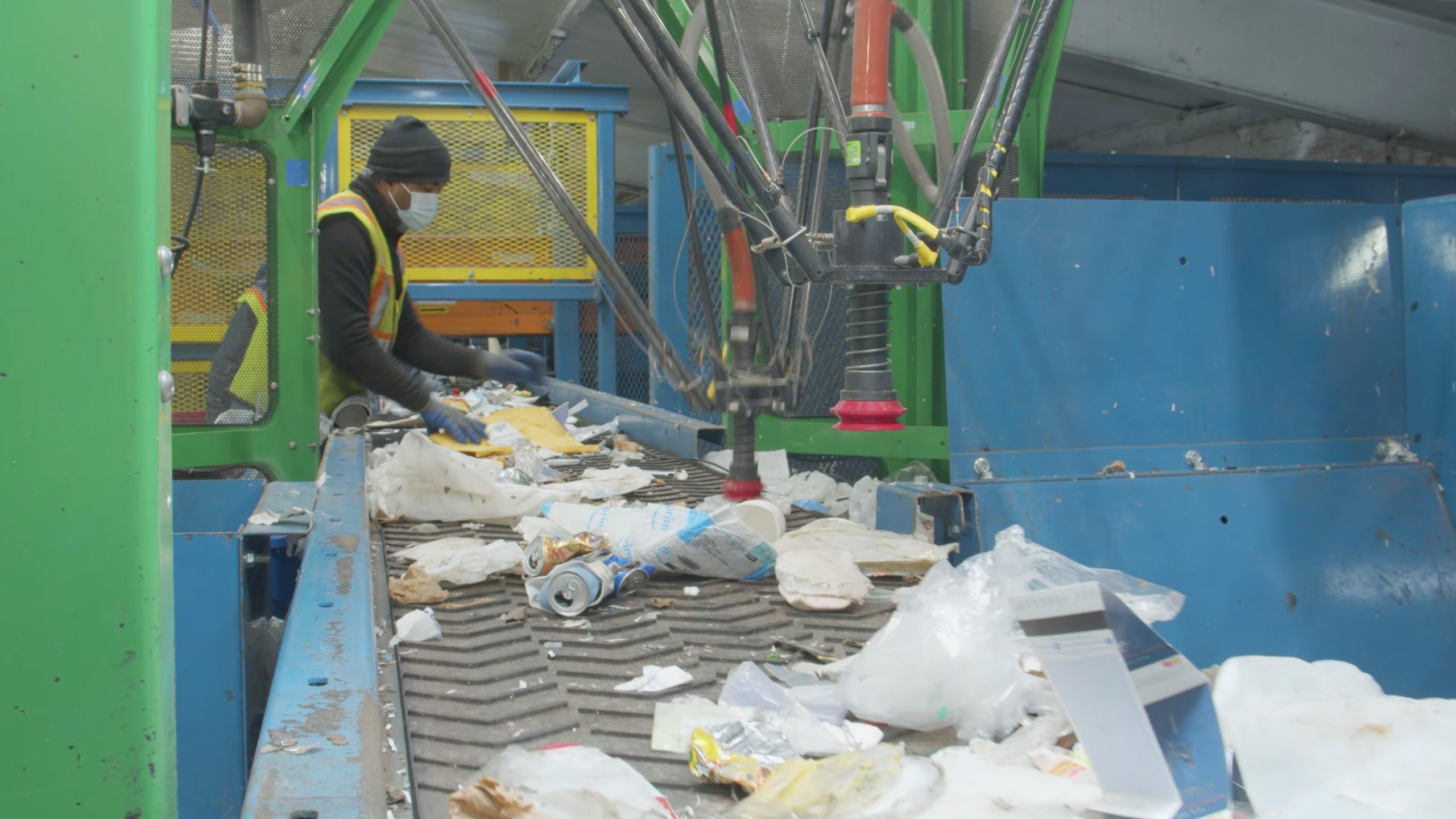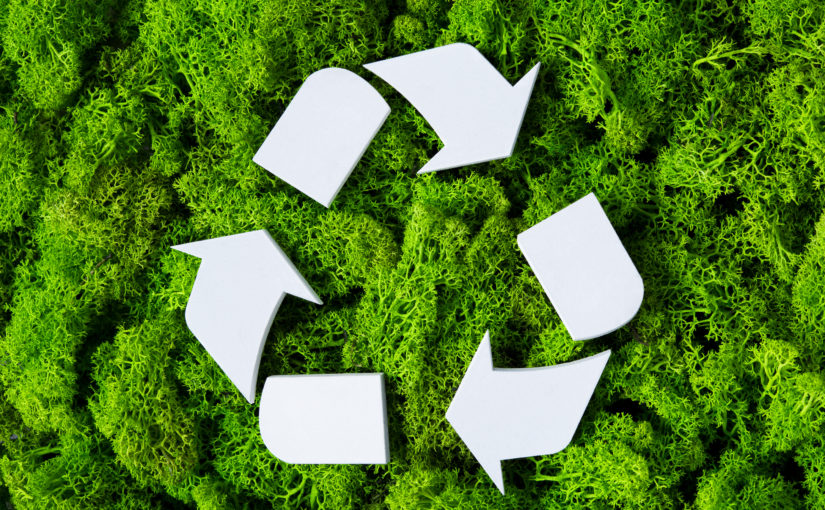Recycling Lives Services: Leading the Way in Liable Recycling
Recycling Lives Services: Leading the Way in Liable Recycling
Blog Article
Checking Out Various Sorts Of Waste in Modern Waste Monitoring Solution
The modern landscape of waste administration entails navigating a complex variety of waste kinds, each requiring specialized handling and disposal methods to minimize ecological impacts. Local solid waste, contaminated materials, digital waste, and organic waste each present distinctive obstacles and chances for resource recuperation. Cutting-edge solutions such as clever waste containers and waste-to-energy modern technologies are emerging as crucial tools in enhancing efficiency and sustainability. Recognizing these waste kinds is essential for fostering public recognition and encouraging energetic participation in sustainable practices. What techniques can successfully attend to these diverse kinds of waste while advertising a round economy?
Metropolitan Solid Waste
Municipal strong waste, frequently described as household garbage or rubbish, incorporates a variety of disposed of materials produced by residential, commercial, and institutional sources within a municipality. This waste stream generally consists of items such as packaging, food scraps, lawn trimmings, paper, plastics, textiles, and discarded family goods. The monitoring of community strong waste is an essential element of city planning and public wellness, requiring reliable collection, transportation, and disposal systems.
Reliable waste monitoring systems are designed to reduce environmental effect while making best use of resource recovery. Composting natural waste, such as food scraps and yard trimmings, not just reduces landfill use however additionally creates beneficial soil changes.
Municipalities should also attend to the financial and logistical challenges linked with waste management. Carrying out pay-as-you-throw systems, boosting public recognition, and buying technology can substantially boost waste diversion prices. By integrating these methods, communities can promote sustainable communities, reduce greenhouse gas exhausts, and preserve natural deposits.
Hazardous Waste

Effective harmful waste management entails a number of crucial actions: recognition, partition, disposal, and treatment. Segregation ensures that hazardous products are saved individually from non-hazardous waste to stop cross-contamination.
Governing frameworks, such as the Resource Conservation and Recovery Act (RCRA) in the United States, offer guidelines and standards for contaminated materials monitoring. Adherence to these laws, combined with advancements in waste therapy modern technologies, is important in alleviating the risks related to hazardous waste.
Electronic Waste
Electronic waste, generally described as e-waste, stands for a quickly growing obstacle in waste monitoring systems around the world. This sort of waste includes discarded digital gadgets and equipment such as smartphones, computers, televisions, and various other digital appliances. The fast pace of technical improvement, coupled with lowering product life-spans and consumer need for the most up to date tools, has greatly boosted the volume of e-waste created annually.
E-waste is particularly bothersome as a result of its complex composition, usually including hazardous compounds like lead, cadmium, and mercury, which posture substantial ecological and wellness threats if not properly taken care of. On the other hand, e-waste additionally contains useful materials such as silver, copper, and gold, which can be recuperated and recycled. The double nature of e-waste-- both useful and unsafe-- necessitates specific handling, recycling, and disposal processes.
Reliable e-waste management involves strict regulative structures, durable collection systems, and progressed reusing technologies. Public awareness and involvement are crucial, as improper disposal methods, useful site such as unlawful disposing and casual recycling, exacerbate ecological contamination and wellness risks. Consequently, improving e-waste management techniques is crucial for reducing ecological effect and recouping important resources in an increasingly electronic globe.

Organic Waste
Organic waste, comprising kitchen area scraps, yard trimmings, and agricultural residues, represents a substantial portion of the international waste stream. This sort of waste is naturally degradable, suggesting it can be damaged down by bacteria right into less complex organic compounds. In spite of its possibility for all-natural disintegration, improper administration of natural waste can result in adverse environmental influences, including the exhaust of greenhouse gases such as methane, which contribute to environment change.
Efficient monitoring of organic waste is critical for reducing these ecological impacts (recycling lives services). Composting is a commonly taken on method, transforming natural waste into nutrient-rich garden compost that can improve dirt wellness and agricultural performance. Additionally, anaerobic digestion is an arising technology that converts natural waste right into biogas, a renewable resource source, and digestate, which can be utilized as plant food
Municipalities and waste management entities have to execute durable organic waste collection and treatment programs to make the most of the advantages of these processes. Public education and learning projects can additionally play a pivotal duty in encouraging houses and organizations to separate organic waste from various other kinds of waste. By focusing on the monitoring of natural waste, cultures can lower landfill use, lower greenhouse gas discharges, and develop valuable byproducts for agricultural use.

Innovative Waste Management
In the realm of waste monitoring, ingenious approaches are transforming how societies manage their refuse, aiming for sustainability and efficiency. These innovations include a variety of modern technologies and techniques that boost reusing rates, reduce garbage dump reliance, and reduced environmental effect. One noticeable development is the implementation of smart waste containers equipped with sensing units that keep an eye on fill degrees and enhance collection paths. This not only decreases fuel consumption yet also minimizes greenhouse gas exhausts.
An additional noteworthy growth is the adoption of waste-to-energy (WtE) technologies. By converting non-recyclable waste right into usable power through processes such as incineration and anaerobic digestion, WtE minimizes garbage dump concern and provides a renewable resource source. Innovations in chemical recycling allow for the failure of complex plastics into their original monomers, enabling the production of new, premium plastic items.
Moreover, the round economic situation version is obtaining grip, emphasizing the layout of products and systems that focus on reusability and resource efficiency. check over here This all natural technique motivates industries to minimize waste generation from the start. With these cutting-edge techniques, contemporary waste monitoring systems are not only resolving the immediate obstacles of waste disposal however additionally leading the way for a more lasting future.
Final Thought
An extensive understanding of local strong waste, contaminated materials, electronic waste, and organic waste, paired with the implementation of cutting-edge waste monitoring services, is crucial for mitigating environmental effects. Integrating innovations such as clever waste bins and waste-to-energy systems can enhance performance and sustainability. Efficient waste administration techniques not just foster resource recovery but additionally advertise public understanding and participation, eventually adding to the development of a round economy.
The modern landscape of waste monitoring includes browsing a complicated array of waste kinds, each calling for specialized handling and disposal approaches to alleviate ecological effects. Local strong waste, harmful waste, electronic waste, and organic waste each present distinct challenges and opportunities for resource recovery.Electronic waste, frequently referred to as e-waste, stands for a quickly growing difficulty in waste monitoring systems internationally. Via these ingenious strategies, additional reading modern waste management systems are not only resolving the prompt obstacles of waste disposal but also paving the way for a more lasting future.
A comprehensive understanding of metropolitan strong waste, dangerous waste, electronic waste, and natural waste, paired with the implementation of cutting-edge waste administration services, is crucial for alleviating environmental impacts. (recycling lives services)
Report this page